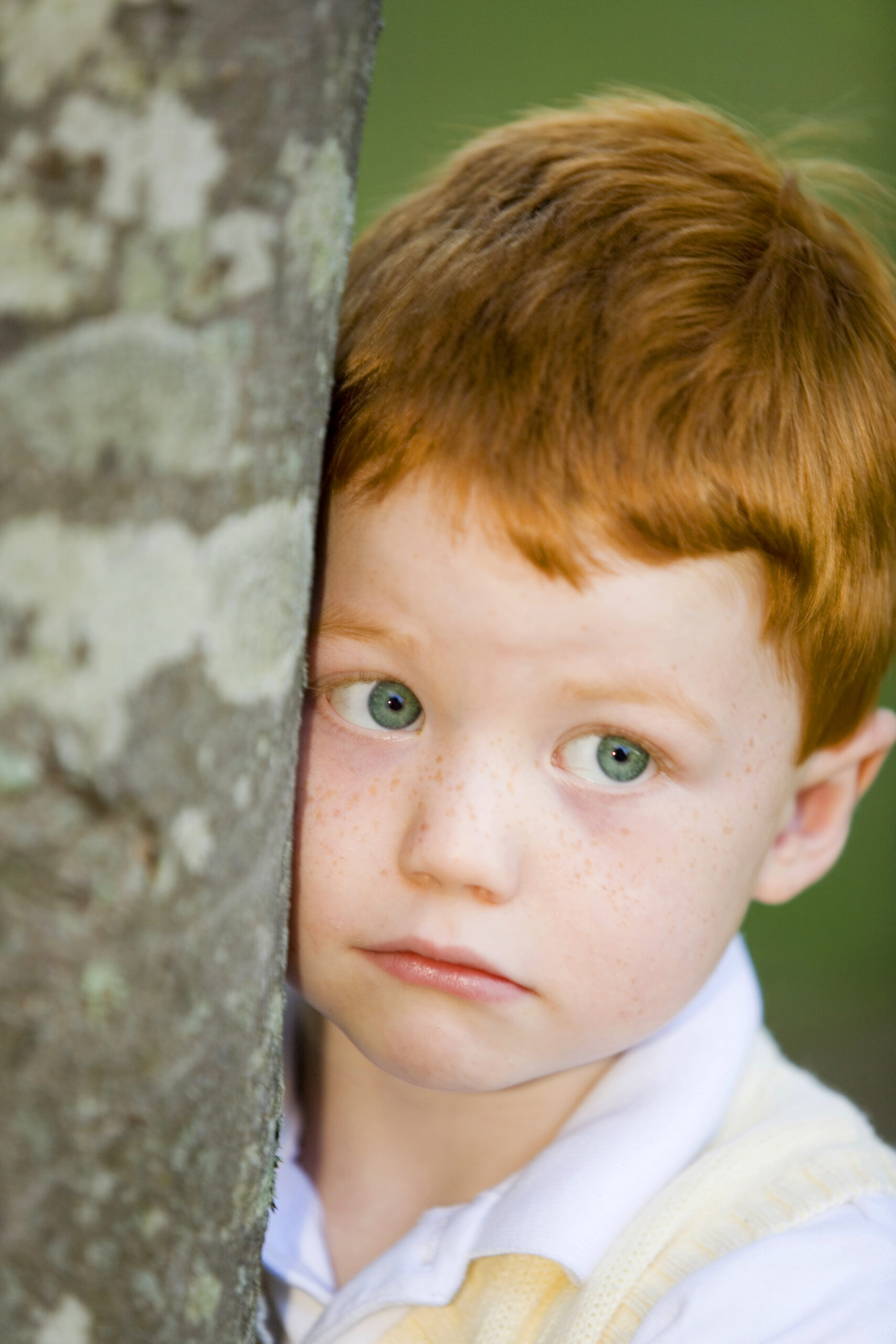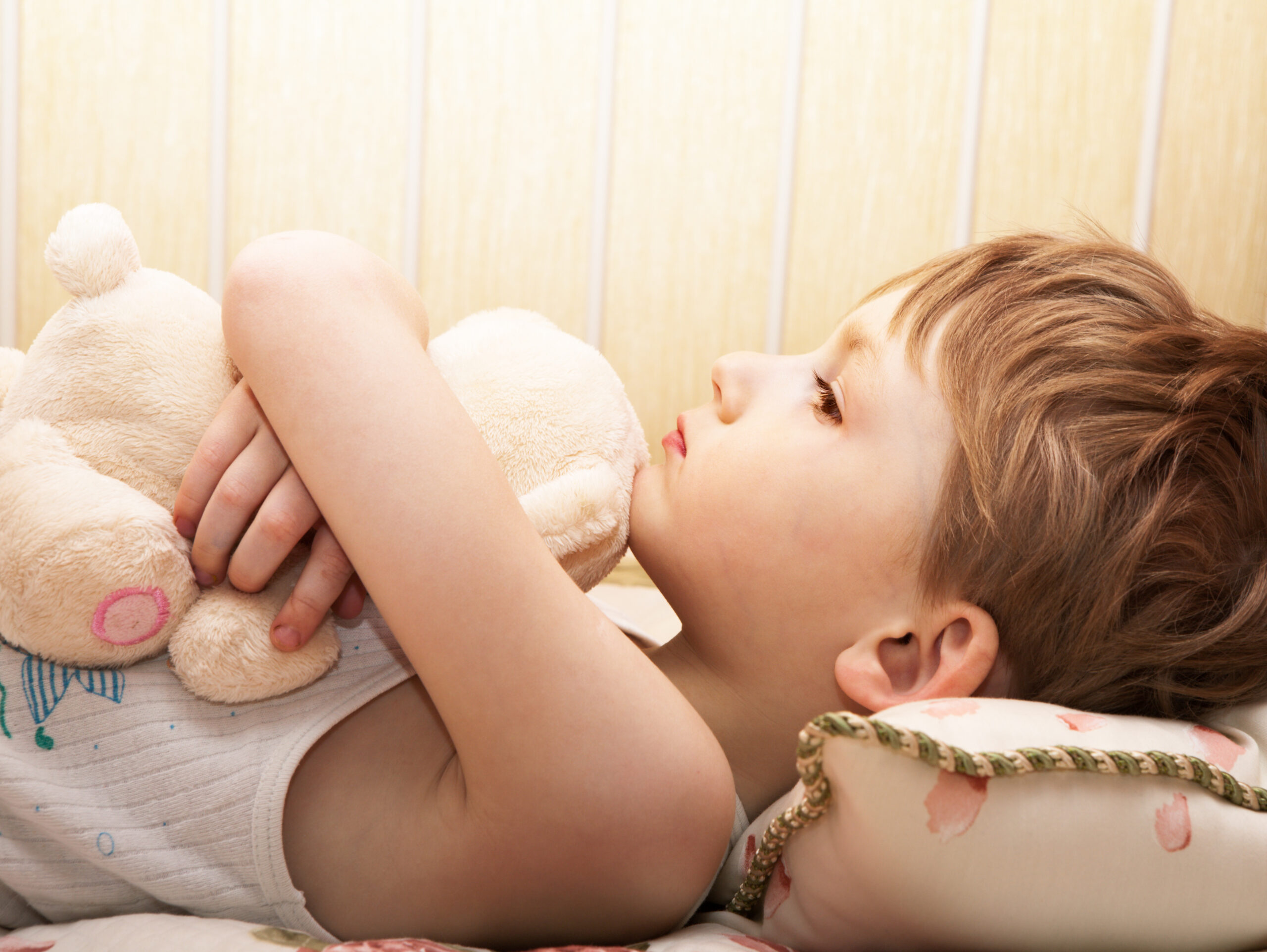Advice for TeachersParenting Advice
The Aggressive Defiant Child

The Aggressive Defiant Child:
A Free tutorial for Parents and Teachers
The aggressive defiant child is a classic example of behavior that really ticks parents (and teacher) buttons! There is nothing more frustrating and infuriating. And it’s becoming more and more common!
Do parents, or teachers always like their child’s behavior? Few kids are the model of perfection (I haven’t met any yet, but there may be one or two!) and kids do things that disappoint or displease us. Sometimes they can behave in ways that really annoy us; the angry, defiant child is a good example.
How do you change an angry, aggressive child into a cooperative child?
Firstly, anger is not a behavior; it’s an emotion.
Anger is not a behavior, it’s an emotion!
We might encounter the anger through the child’s behavior, but the cause of the behavior is always emotional. It makes sense then that to change the behavior you have to first change the emotion. As parents/teachers we need to hear the feelings of fear, despair or danger that the anger hides, because only when a child feels safe can they think clearly and behave properly. It’s really important to understand this insight because it’s focusing on the emotion, not the behavior, where success will be found.
When a child is upset they can’t be influenced by reason (“You shouldn’t be angry; anger is bad!”) An angry child is an aroused child and aroused children can only listen when they are soothed.
Download our Angry Children Intervention for detailed parent instructions.
What is aggressive defiant behavior and where does it come from?
Anger is usually a response to a hurt. When any person – young or older – feels violated they feel angry. The young child who now has to share dad and mum’s time with new baby sister feels violated. The child who wants dad or mum’s time and attention, but they are always working or preoccupied feels violated. When parents separate it’s usual for a child to experience feelings of violation (“I expected dad and mum to live with me in the same house, now dad’s gone; I feel violated!”).
Young children find it difficult to say how they feel, especially anger. Strong emotions are confusing to a young child. But every child wants you to know how they are feeling without having to tell you. To tell you they use their behavior. When a child can’t use words to describe how they feel but use their behavior it’s called acting out. The aggressive and defiant child is acting out.
The parent/teacher has to get below the behavior to understand the emotion that is causing the behavior. Only then will the aggressive behavior change. Parents are often very uncomfortable with anger in their child. Most of us would like to suppress our child’s anger and express ours! But anger is healthy and a normal part of a child’s development. It’s a way to protect the child from harm or anticipated danger.
Aggression: A Scientific Insight
The following sounds rather scientific, but it explains why a child gets aggressive defiant and also provides a window of possibility into how to change the anger.
All human brains are constantly scanning the environment to detect any threats to our safety – it happens at an unconscious level. If our brain thinks there is a threat it releases a hormone – cortisol – into the blood stream causing a fight or flight response; this is a defence reaction. It’s a good system when we face real threats as it enables us to survive. But sometimes the system gets triggered, or activated when there is no real threat present. That’s because the brain stores memories and if there has been past hurt it can interpret a present situation as being similar – so the defence system gets activated.
If you you are experiencing extreme defiant behavior, you need our parent intervention: The Strong Willed, Defiant, Alpha Child.
This is what is happening in an angry child’s brain.
From their past experience (and maybe present) the child feels threatened, which then causes a release of these defense hormones to flood their body system causing a fight or flight reaction – although in the case of an angry child it is a fight reaction.
Their anger and defiance, which is being expressed through aggressive behavior, is caused by these fight hormones. It’s important to understand this because that’s why behavioral techniques have little effect on changing their aggressive behavior.
It’s not that what the teachers/parent do is wrong – not at all. But for this child the aggressive defiant behavior is being driven by hormones and chemicals in their system!! To stop the aggression you have to help the child switch off the hormones and switch on their safety system that overrides the fight or flight system.
That’s the important insight.
This child isn’t naughty, though they are doing some harmful behavior – they feel threatened which is causing a fight response. Something in their brain is telling them that their world is unsafe, so they go into defense mode – fight!
The treatment focus then becomes: how do we turn off their defense system so they feel safe?
Once they feel safe their body will no longer produce these “fight” hormones. When a child feels safe they are calm and socially engaged with others in positive ways. When a parent hears this scientific insight it can cause some anxiety: what possibly could be causing my child to feel threatened? Ours is a loving and involved home, we love our child, he/she is the centre of our life, we are good parents, etc..
In some cases kids emotional needs are being ignored, but in most cases parents are engaged with their child. Trouble is though not every child feels engaged with their parent. Little things can trigger this defense system within a child, like over commitment with work, being physically present with your child, but not emotional present i.e. on the phone, the web, TV etc.. If a child is feeling vulnerable any distraction can activate their defense system. Even your tone of voice can trigger it! There are numerous explanations of how a good parent can have a child who feels threatened and therefore acts with aggressive defiant behavior. It’s futile to try to find a culprit: “Who has messed up here!” The real point is to recognise your child feels unsafe, and to proactively get involved to turn off their defense system and activate their safe system. No one is in a better position to help a child feel safe than dad and mum.
Learn more about this in our Parent Intervention Guide available from our store.
 What to do about Aggressive Defiant behavior
What to do about Aggressive Defiant behavior
I recommend a four stage approach: the first two for teachers and parents; the last two for parents only.
Step One
Put a boundary to prevent the child from hurting other kids, or causing disruption.
No doubt you are doing this already, so keep doing it. Every time the child does an aggressive defiant act – throwing toys, yelling, give them a firm command “No Throwing! No yelling!” And if they act aggressively the parent or teacher should supply the word for how the child is feeling – angry: “I know you feel angry, but you are not to throw things.”
Step Two
Switch off their defense system, so it isn’t receiving stress hormones. Here is how teachers/ parents can override the child’s defense system and turn on their safety system. I’m going to describe what a teacher should do, but it equally applies to parents.
To form secure bonds humans need face to face contact. If there is a teacher who relates better to the child, have her intentionally spend time every hour for 5 minutes in face to face contact with the child. It must not be side by side play, reading a story, etc. It must be face to face so the child can see her face clearly.
When engaged with the child face to face the teacher must do 3 things:
- Smile so her eyes have ‘crows feet.’ This just means there is crinkled skin at the side of the eyes!! Relax, it happens automatically when you smile. Interestingly, recent research has found that when people have botox treatment other people can’t interpret how they are feeling. It changes the contour of the eyes. Neat eh!
- Have an uplifted mouth – which again occurs automatically when you smile. When you are unhappy the mouth droops. You want the child’s brain to recognise through your facial expressions that it is a safe world.
- As the teacher/parent talks with the child be conscious of lifting your eye brows. This sounds silly, but it is very powerful at triggering a child’s safety system in their brain. Have someone talk to you with their eye brows lowered, then have them talk with their eye brows raised – you can feel a physical difference in your body! So does the child.
When the brain receives these three non verbal messages it says, “This is safe.” And when it’s safe there is no need for those stress hormones . . .
Be physically close to child at intentional times.
It’s not possible all the time, but have the teacher create moments when she is touching the child.
Voices are powerful calming agents.
This child needs to hear low and slow communication to trigger their inner ear. Often with a child like this their inner ear muscles shut down. To activate them again eliminate background noise – take him/her aside, outside, away from the noise – and speak to him/her in a gentle, slow and low voice. For parents at home turn off the TV, or radio so your child can hear your voice clearly without having to yell. It works like magic! Voice is highly important for calming a child. Don’t yell at any child, but especially an angry one. A loud high voice activates the danger system. Low and slow is the secret.
Step Three – for parents
Check out your child’s environment.
Too much wrong stimuli in your child’s environment can give them emotional overload, thus triggering their defense system. There are three assessments here:
- Are they watching inappropriate media – TV, DVD, Computer games? Inappropriate is violence, sex and rapid action. These arouse a child’s system causing a sense of danger.
- Are they watching too much media. Too much is more than an hour a day. Media is structured to excite and provoke the brains sensory systems. That’s why we like watching it because it’s not boring. But too much for a young child triggers their fight or flight response. Only an hour a day.
- Check your child’s diet. Are they getting too much sugar as it will hype up their system.
Step Four – for parents
Check your stress levels as a parent.
If you are stressed, or anxious threat messages will be transferred to your child through your body language and tone of voice. Kids quickly pick up if a parent is stressed. A little bit of stress is healthy . . . But too much conveys a message of danger to your child. If you find yourself shoTuting at your child there is a good chance you are feeling stressed from things other than your child – work, partner, finances, etc. As a parent, check your arousal levels, and if they are high, lower them. Beginning with YOU is a great place to start to calm an angry child!
Attachment focused interventions work!
With this intervention I would expect the anger to stop within ten days, or sooner. The above interventions are an empathetic response that mirrors to a child that their upset feelings are normal and understandable. When a child feels dad and mum (or teacher) accept their deep feelings as being a normal part of human experience they amazingly transform their own angry, aggressive defiant emotions into calm, co-operative ones. It works the same way for adults too. If you don’t see a change in two weeks contact me.
SUMMARY OF INTERVENTION
- Have face to face time with him/her
- Smile
- Raise your eye brow when talking with him/her
- Touch him/her
- Use a low and slow voice with no background noise
A. Is my child watching inappropriate media?
B. Is my child watching too much media?
C. Is my child consuming too much sugar?
D. Am I currently experiencing a lot of stress and anxiety?
**NOTE: if you need personal coaching to help you understand these steps and put them into practice, please contact us. We’re here to help you, and not everyone can understand an aggressive defiant child just by reading something on the net! You may also wish to download our Angry Children Intervention for further information.
You may also like:
Strong Willed Child movie and information guide
Alpha Child intervention Guide, dealing with oppositional defiant disorder (ODD) and other ‘defiant’ child attitudes
LIKE us on FACEBOOK to be kept up to date with new research and articles.



